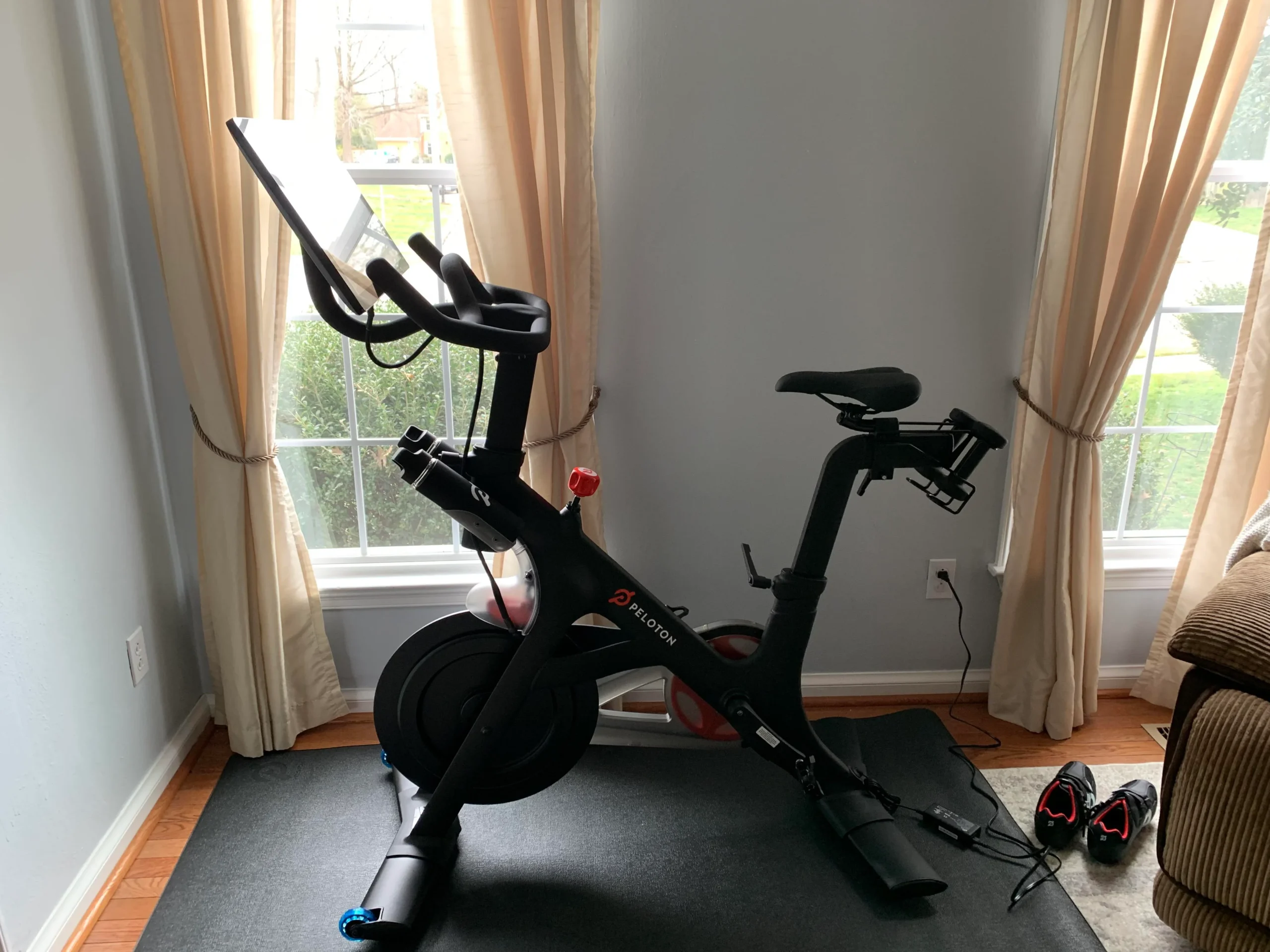In the world of fitness, trends evolve as quickly as the next big social media dance. Amidst this fast-paced change, the allure of boutique fitness classes like Peloton has grown, driven by social media influencers and their lavish endorsements of what’s worth the splurge.
From the meteoric rise and gradual decline of indoor cycling giant SoulCycle to the booming popularity of CrossFit a decade ago, the fitness industry’s dynamics are continuously shifting.

Recently, low-impact workouts like Pilates and barre have become the rage, particularly among younger women who praise these regimes for their health benefits. High-end studios such as Solid Core and Club Pilates see classes selling out regularly, reflecting a growing preference for gentler forms of exercise.
However, a significant shift occurred with the onset of COVID-19. The pandemic transformed many boutique enthusiasts into at-home workout converts, highlighting the convenience and safety of personal fitness spaces. This change catapulted brands like Peloton into unprecedented popularity.
Peloton’s Rise to Prominence
Initially perceived as an overpriced stationary bike, the fitness company quickly became a status symbol in the early 2020s. It wasn’t just about having a sophisticated piece of equipment at home; it was about being part of a community. Peloton’s approach combined high-quality hardware with an engaging digital experience, filled with live classes that made users feel connected despite being miles apart. The strategy paid off handsomely, with sales soaring and wait times for new bikes stretching into weeks.

Navigating Market Challenges
Despite its success, the company faced the inevitable challenge of maintaining its market lead amid growing competition. Competitors began offering similar products at lower prices, making it difficult for Peloton to sustain its growth based solely on hardware.
In response, the company intensified its focus on digital offerings. The company invested heavily in its app, expanding its range of classes to include everything from outdoor running to strength training, not requiring pricey equipment like bikes or treadmills. This pivot helped the brand maintain its competitive edge, primarily through its popular instructors and the community it nurtured.
Peloton quietly removes a free perk users loved https://t.co/QTRSbV4n00
— TheStreet (@TheStreet) April 24, 2024
The End of a Free Era
One of Peloton’s strategic advantages was its tiered subscription model, which included a free option that offered a rotating selection of classes. This tier allowed users to experience Peloton’s offerings without financial commitment, acting as a funnel to convert them into paying subscribers.
However, the brand has recently phased out this free tier, now only offering paid subscription models. This decision marks a significant shift in strategy as the company aims to streamline its services and potentially increase its subscriber base.
The change was subtly implemented, with some classes still listed as “free for a limited time,” signaling that completely free content might soon be a thing of the past.
Reports suggest that the decision to eliminate the free service tier was driven by its inadequate conversion of free members to paid subscribers. While existing free members can still access their content, new users will only have a seven-day trial period to test the services before choosing a subscription.

Looking Ahead
As the fitness industry continues to evolve, Peloton’s adjustment to its business model is a clear indicator of its commitment to adapt and thrive. While some users may miss the free content, the move could lead to a more sustainable business model fueled by a dedicated paying clientele.
This strategy, although risky, may well ensure Peloton’s position as a leader in the competitive and ever-changing fitness market.










